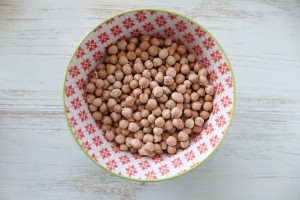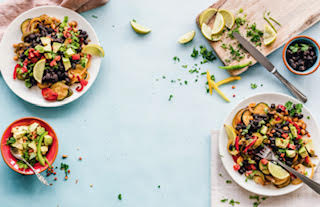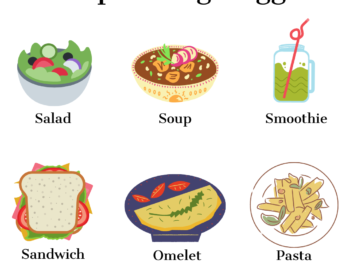As a nutritionist specializing in portion control and weight loss, I know from my clients that the worst part about trying to lose weight is feeling deprived and being hungry. When you are hungry, you tend to overeat, and often on the wrong foods.
And no, you do not have to eat skimpy portions to lose weight. You want to learn to eat the right foods which contain nutrients that will help you feel full.
I have never been a fan of rigid diets, and over the years, have recognized the importance of developing healthy habits you can sustain. One such habit is choosing “go to” foods that you enjoy and that also make you feel full. Foods which contain fiber and protein tend to keep your hunger at bay, which is ideal when trying losing weight.
Here are some of my top picks which will help keep you feeling full. You won’t even know you are trying to lose weight.
1. Oatmeal
Starting your day with a bowl of oatmeal is a great way to keep from feeling hungry an hour after eating. Oatmeal contains a mix of both soluble and insoluble fiber which is not only good for your heart, but it also may also keep your hunger pangs away.
Research comparing the effects of oatmeal and corn flakes on feelings of fullness and hunger found that overweight subjects reported feeling more satisfied after consuming oatmeal than corn flakes. And they also ate less at lunch.
Add water, fat-free milk, vanilla-flavored soy milk, or almond milk to your favorite brand of oatmeal and you have a delicious and nutritious breakfast.
2. Chickpeas
The United Nations (UN) declared 2016 the International Year of Pulses (IYP). Pulses are comprised of dry peas, beans, lentils, and legumes and are protein-packed and high fiber vegetables, a terrific combination of nutrients to help you feel full and even help with weight loss. A nutritious protein alternative for vegetarians, pulses (including chickpeas), contain the nutrients iron, folate, magnesium and potassium.
Try incorporating chickpeas and other pulses into your diet, if you don’t already. You can enjoy a hearty soup made with chickpeas, hummus, or a chickpea salad. Ready to incorporate more pulses into your diet? I invite you to visit pulsepledge.com for recipes, meal plans and other resources.
3. Greek yogurt
Greek yogurt is a great food to include in your diet. It is high in protein keeping you feeling full and a good source of calcium and vitamin D. It also makes for a great snack, as it is portable. Just one caveat: Stick to flavors that are not loaded with added sugar. My suggestion: Stick to the plain yogurt and add fresh fruit, flax seeds, and a drizzle of honey if necessary.
4. Mixed nuts
Need a healthy late-afternoon snack? Grab a handful of nuts. The protein, fiber, and fat in nuts help you feel full longer, so you may actually end up eating less throughout the day. Studies show that including a serving of nuts (approximately a handful) in your diet may actually prevent weight gain and possibly even promote weight loss, as long as you control for total calories. As an added benefit, nut eaters may have a lower incidence of diabetes when compared to those who rarely eat nuts.
5. Quinoa
Quinoa makes for satisfying addition to a meal. This ancient grain contains a variety of vitamins and minerals including iron, magnesium, potassium, and vitamin E as well as protein and fiber, a winning combination to helping you feel full.
And no, quinoa is not high in calories. A ½ cup of cooked quinoa contains approximately 100 calories. And next time you can’t decide what to eat for dinner, enjoy a healthy portion of quinoa (around ½ cup-1 cup cooked) with grilled salmon or tofu along with your favorite assortment of sautéed vegetables.
This post was sponsored by USA Pulses & Pulse Canada.




